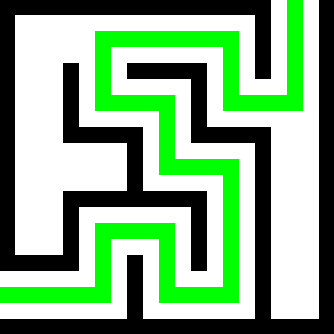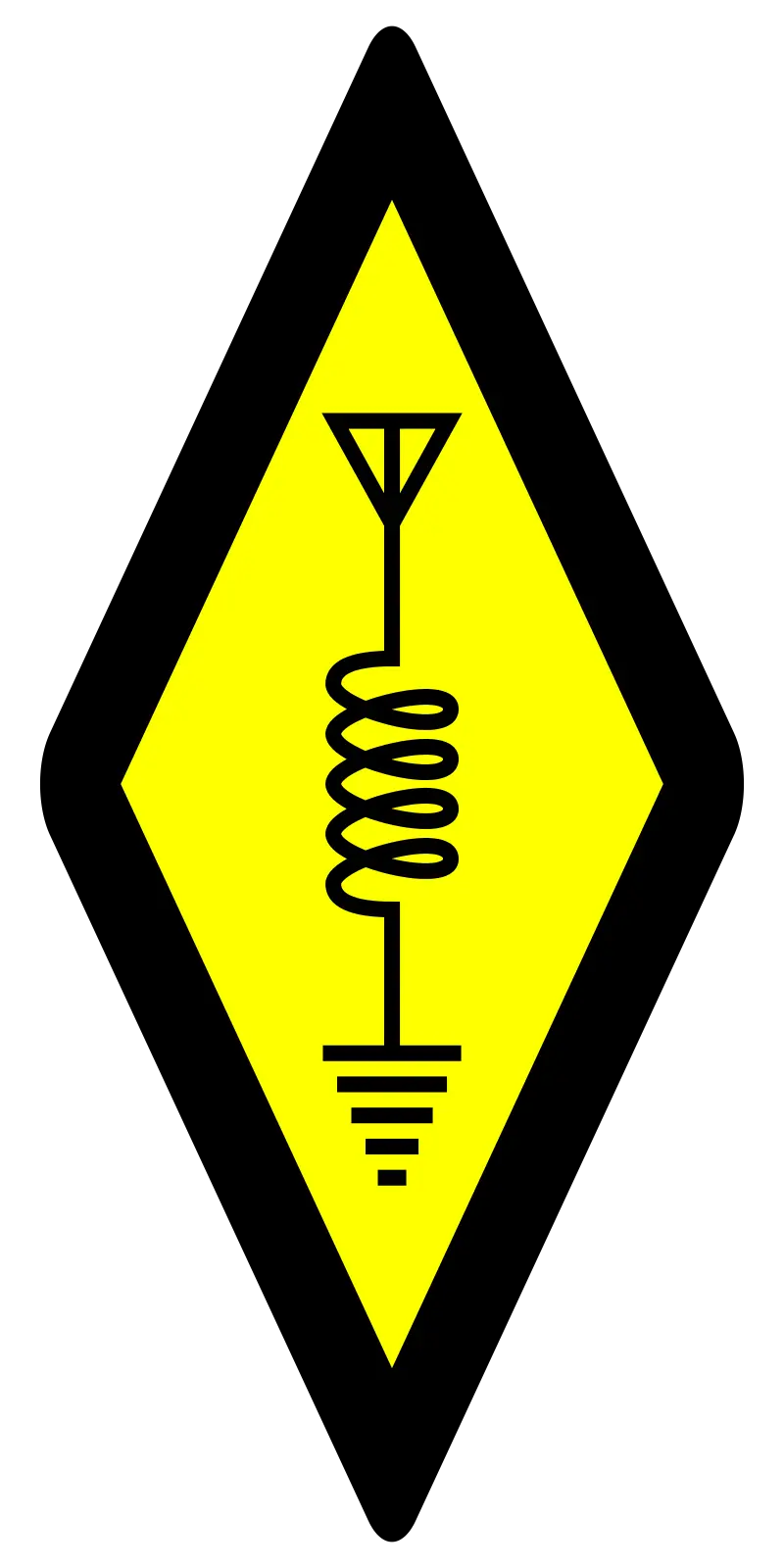Have you ever come across a solution to a problem that you sort of knew you had, but didn’t really appreciate until that moment? I had one of those recently. To set the scene, fair warning, we’re not going to solve this today, we’re still very much shaving yaks, but there’s plenty to take away.
So, the scene.
I’m hosting my weekly net. It’s going well. All the internet links are up and running again, thanks to the hard work behind the scenes of several unsung heroes, I can name a few, Bob VK6ZGN, John VK6RX and Rob VK6LD, but there are plenty of others whom I don’t know and who have yet to stick up their hand to say, I was there. Regardless, thank you.
Anyway, I’m hosting my weekly net, F-troop. A curious thing is occurring. Two of the stations are emitting a tone during their transmission. I’m pretty hot on how things sound, so I ask. We talk about it for a bit when Allen VK6XL comes in and tells us that according to his spectrum analyser it’s a 1 kHz tone with harmonics and it’s on all transmissions, just audible on two.
This starts a conversation about spectrum analysers when Allen mentions that he’s using an audio spectrum analyser, a piece of software running on his computer. The software has a copyright from 1999 and based on the documentation I saw, has lots of excellent functionality. I might even be able to run it on a Linux machine using WINE, but that’s an adventure for another day.
Randall VK6WR points out that I could use the spectrum display on Audacity. This is a much more current piece of software, but it’s not intended for real-time use, it’s what I use to edit the audio after recording my podcast. Not even sure if the spectrum display can show during recording, I’ve never tried.
In the past I’ve used SoX, the Swiss Army knife of sound processing to create sonograms, but that too isn’t real-time.
Then it hits me. I have a real-time tool. I’ve been playing with it for weeks. GNU Radio. Surely it has a spectrum display, and indeed it does, several.
So, I already have a tool, purpose built for processing signals, that can do all the things I’m looking for and some I’ve not yet imagined.
Before I proceed, I’ll remind you that we’re in the middle of the Bald Yak project, so named because by the time we’re done there won’t be much hair left, if any. In case you’re unfamiliar, the Bald Yak project aims to create a modular, bidirectional and distributed signal processing and control system that leverages GNU Radio.
So, boldly clicking about, I set on the notion of making a block called “fosphor” work. Depending on which description you use, it’s an Open Source, GPU-accelerated FFT and Waterfall display tool. What that means is that it uses a graphics processor to do the heavy lifting and has the ability to show signal levels across frequencies and on a waterfall display. Apparently it’s a block for RTSA-like spectrum visualisation. I’m fairly sure that doesn’t mean Railway Technical Society of Australasia or has any relationship with Reverse Total Shoulder Arthroplasty or the Road Transport and Safety Agency of Zambia.
I’ll admit that I didn’t see the GPU part of that description until several days later. Had I seen it at the time, I would likely have carefully backed away and shelved the idea, but that’s all water under the bridge.
To cut to the chase, I have yet to make this show a single pixel. I smelled trouble for the first time when I discovered a post asking if anyone had gotten this to work on a current release of Debian.
I came across a lovely post by what appears to be the author helping some hapless user, and I’ll confess that’s the camp I’m currently in, to make it work. I have no doubt that I can make it work, but that’s going to take some effort.
Now, at this point you might ask me why I wasted your time with this tale of woe?
Well, the answer is simple. This is what “Yak Shaving” looks like. You solve a thousand little problems, one at a time, and if you manage to keep track of what you’re doing and why, you can get stuff done.
This applies here, but it also applies in your life, in radio, in antenna building, in making a contact, in participating in a contest, in activating a park.
Each activity reveals myriad issues that you’ll each need to resolve. The more practice you have at this, the better you’ll get. I will point out that for me it’s not without stress. When I go though intractable problems I’m often as grumpy as a bear with a sore tooth whilst my brain is running like a hamster in a wheel generating kilowatts of power.
This too shall pass.
Oh, because I know it’s bothering you. RTSA, Real Time Spectrum Analyser, obvious, right?
I’m Onno VK6FLAB

